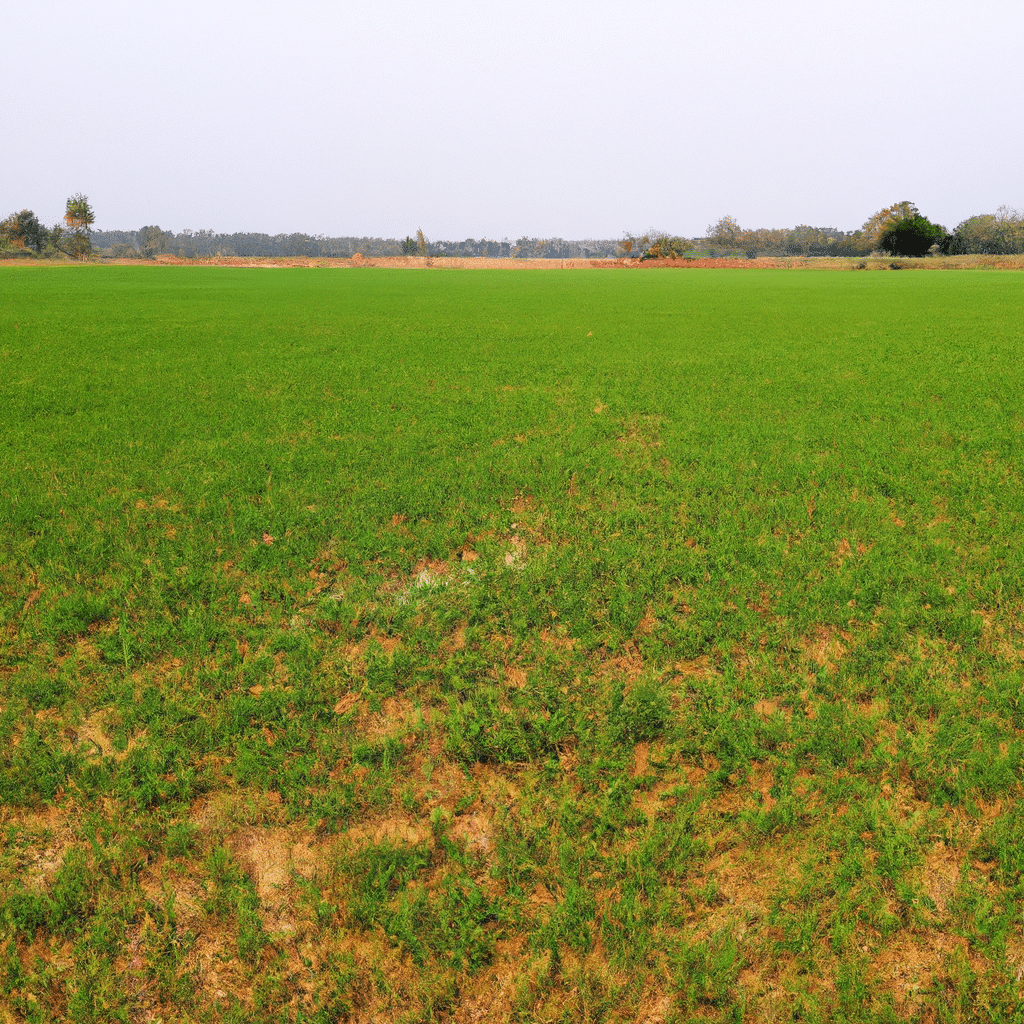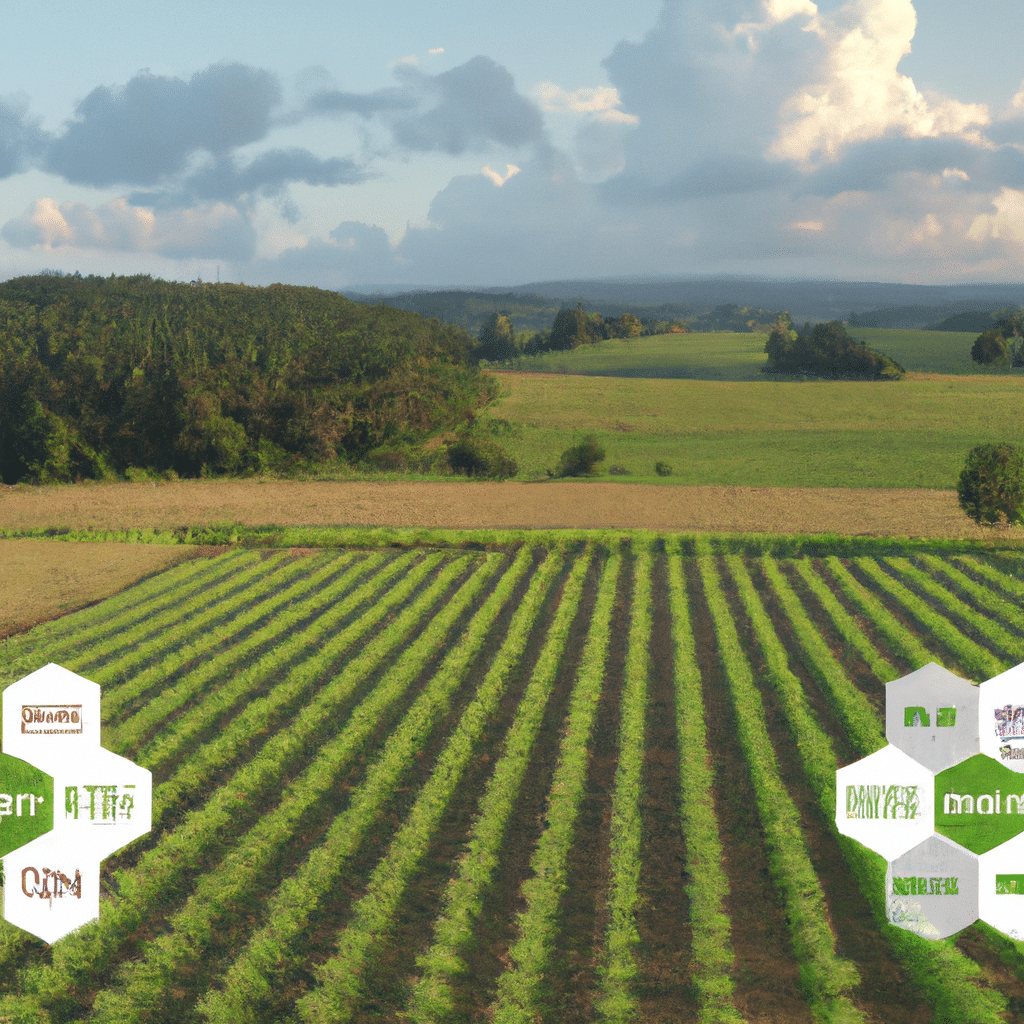In recent years, the concept of collaborative farming projects has gained significant attention in the agricultural industry. Farmers and agricultural experts have recognized the potential of working together to enhance productivity, reduce costs, and overcome common challenges. This article explores the untapped potential of collaborative farming projects and how they can revolutionize agricultural productivity. By leveraging the power of collaboration, farmers can unlock new opportunities and achieve sustainable growth.
Understanding Collaborative Farming Projects
Collaborative farming projects involve the pooling of resources, knowledge, and expertise among multiple farmers or agricultural organizations. Through this collective effort, participants aim to optimize production, streamline operations, and improve overall efficiency. The projects can take various forms, such as cooperatives, farmer associations, or joint ventures. By sharing resources, farmers can access advanced technologies, economies of scale, and specialized expertise that would otherwise be challenging to obtain individually.
The Benefits of Collaborative Farming
1. Enhanced Access to Resources and Technology
By collaborating with other farmers, agriculturalists gain access to a wider range of resources and technologies. This includes shared machinery, irrigation systems, storage facilities, and advanced farming equipment. By pooling resources, farmers can reduce individual investment costs while leveraging the benefits of modern technology to maximize productivity.
2. Knowledge Sharing and Expertise
Collaborative farming projects foster an environment for knowledge sharing and expertise exchange. Farmers can learn from each other’s experiences, techniques, and best practices, leading to improved farming methods and increased efficiency. The collective wisdom of a diverse group of farmers can help overcome challenges and identify innovative solutions to common problems.
3. Economies of Scale
Collaboration enables farmers to achieve economies of scale, which can significantly reduce production costs. By sharing expenses such as bulk purchasing of fertilizers, seeds, and other inputs, farmers can negotiate better prices and access high-quality resources. Additionally, joint marketing efforts can help reach larger markets, leading to increased sales and profitability.
4. Risk Mitigation
Agricultural ventures are inherently exposed to various risks, including market volatility, weather fluctuations, and pest infestations. Collaborative farming projects offer a means to mitigate these risks through shared responsibilities and diversification. By spreading the risks across multiple participants, farmers can minimize the impact of unforeseen events and ensure more stable incomes.
5. Sustainable Practices and Environmental Benefits
Collaborative farming projects often emphasize sustainable practices, including organic farming, soil conservation, and water management. By collectively focusing on environmental stewardship, farmers can promote biodiversity, reduce pollution, and ensure the long-term viability of their operations. This not only benefits individual farms but also contributes to the overall sustainability of the agricultural sector.
Successful Examples of Collaborative Farming Projects
1. Farmer Cooperatives
Farmer cooperatives have a long history of successful collaboration. These organizations are owned and operated by farmers themselves, allowing them to collectively market their products, negotiate better prices, and access shared resources. Examples of successful farmer cooperatives include Organic Valley and Land O’Lakes, which have empowered small-scale farmers and provided them with a competitive edge in the market.
2. Joint Research Initiatives
Collaborative research projects between farmers, agricultural scientists, and academic institutions have also yielded significant benefits. These initiatives focus on finding innovative solutions to agricultural challenges, developing new crop varieties, and improving farming techniques. One such example is the collaboration between the International Rice Research Institute (IRRI) and farmers in Asia, which led to the development of high-yielding and disease-resistant rice varieties.
3. Community-Supported Agriculture (CSA)
Community-supported agriculture programs connect consumers directly with local farmers. By purchasing shares or subscriptions, consumers receive regular deliveries of fresh produce from participating farmers. This collaborative model ensures a stable market for farmers and allows them to plan their production accordingly. CSA initiatives have gained popularity worldwide, promoting sustainable farming practices and fostering a sense of community.
Conclusion
Collaborative farming projects hold immense potential to revolutionize agricultural productivity. By leveraging the power of collaboration, farmers can access shared resources, knowledge, and technology, leading to enhanced productivity, reduced costs, and improved sustainability. The benefits of collaborative farming include access to resources and technology, knowledge sharing, economies of scale, risk mitigation, and sustainable practices. Successful examples of collaborative farming projects, such as farmer cooperatives, joint research initiatives, and community-supported agriculture programs, demonstrate the effectiveness of collaboration in achieving agricultural success. Embracing collaborative farming projects is not only beneficial for individual farmers but also for the entire agricultural sector as it moves towards a more productive, sustainable, and resilient future.















